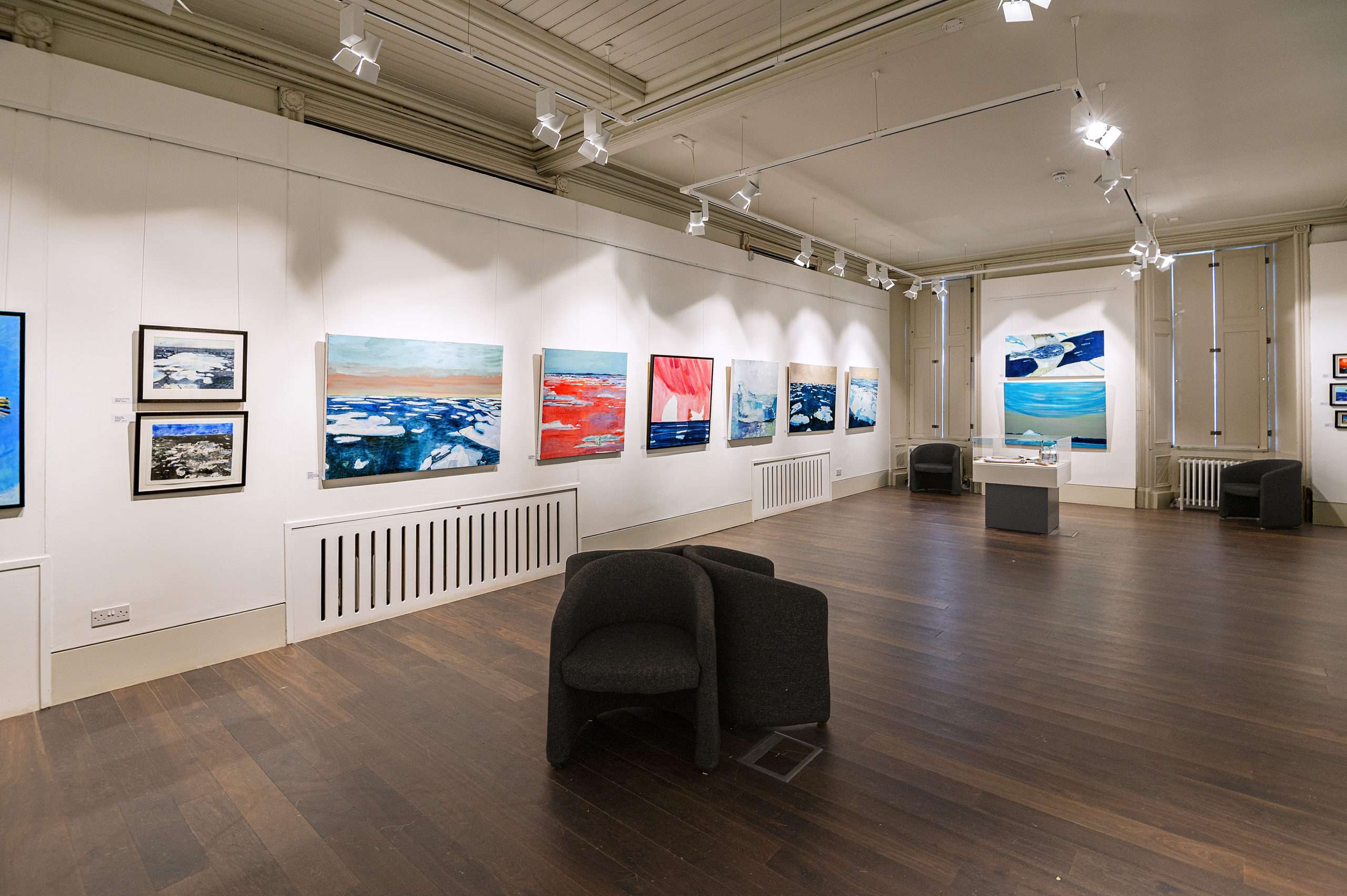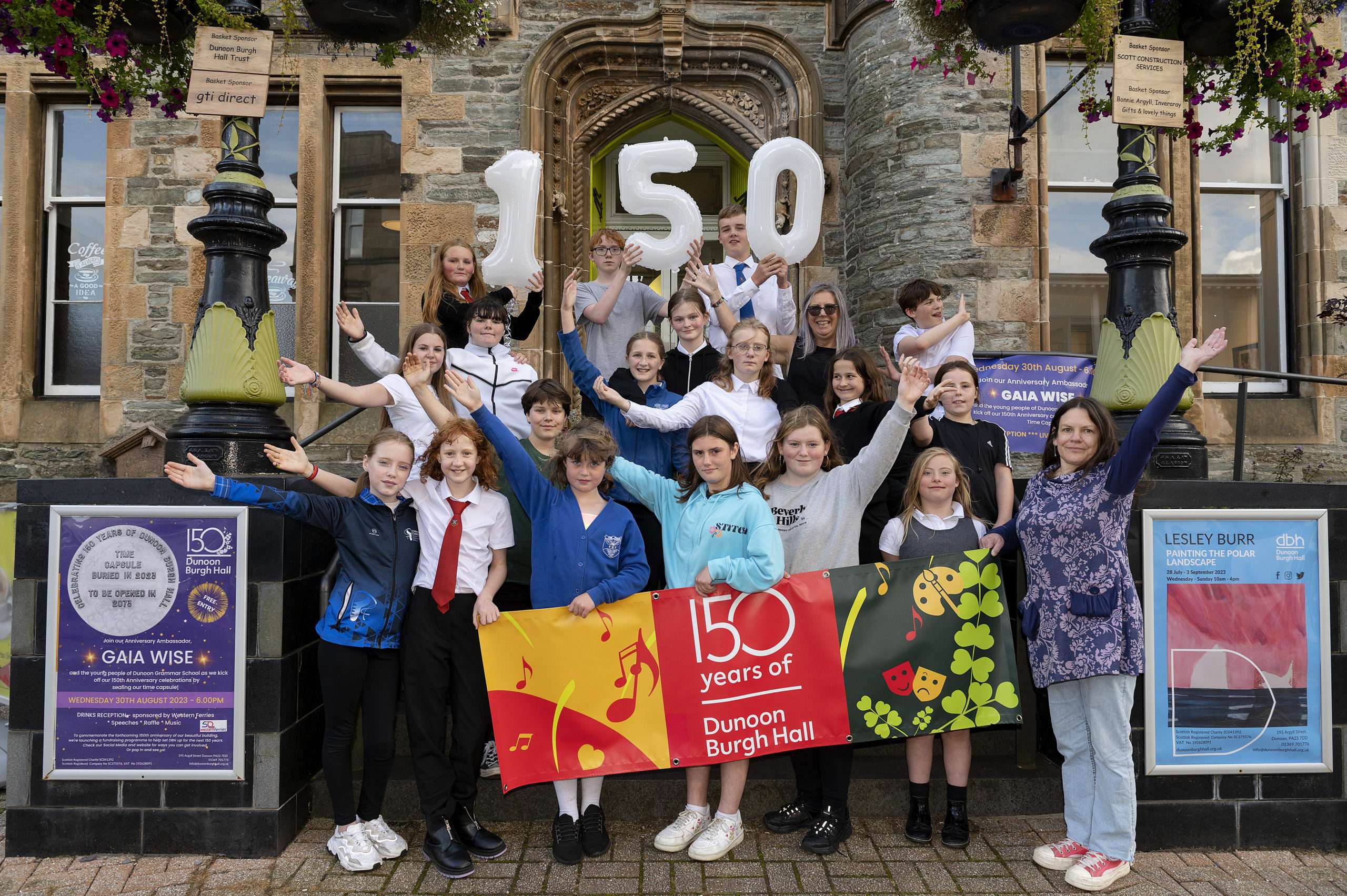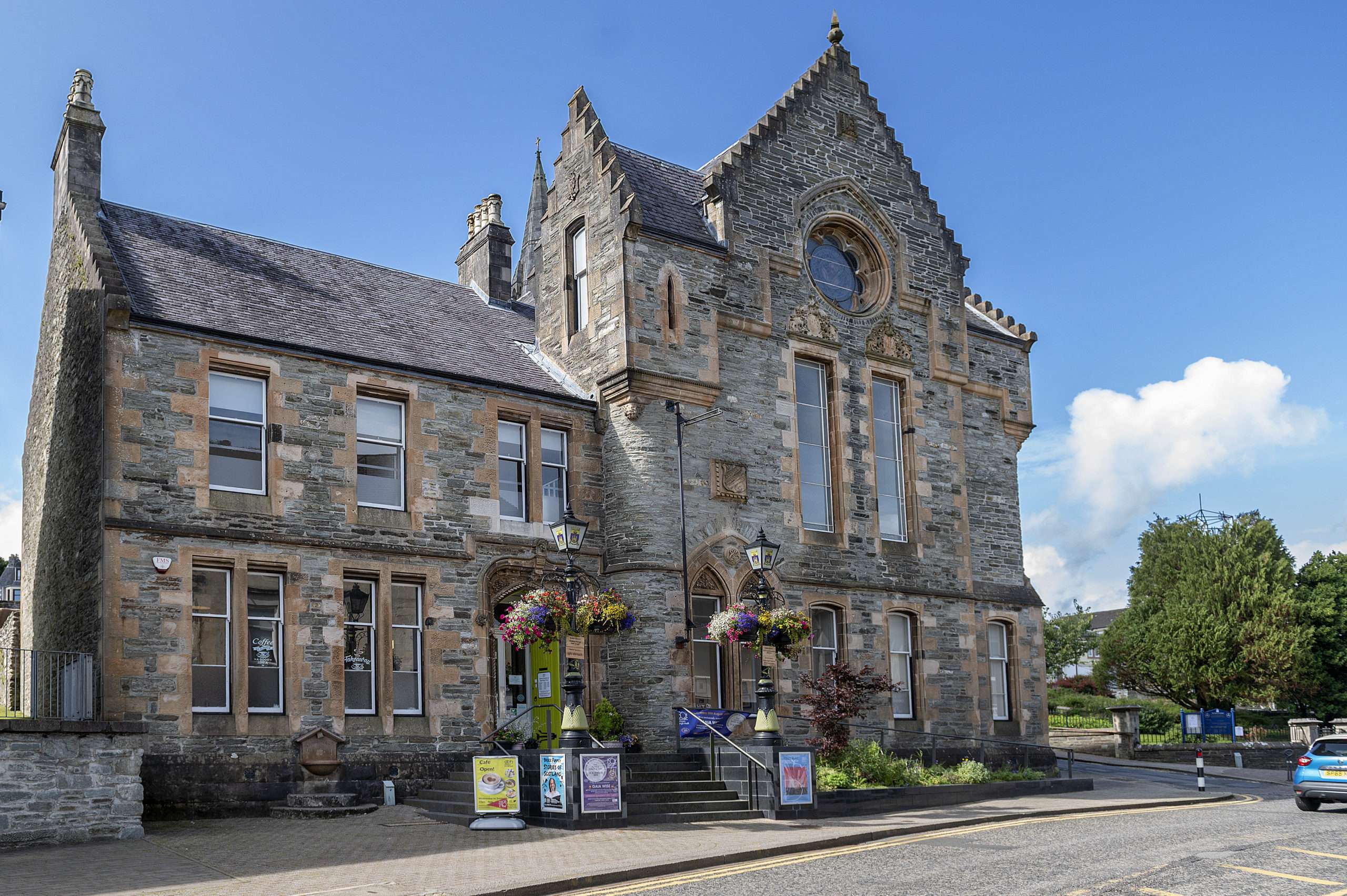In my recent visits to Scotland’s historic buildings, a recurrent theme has been repurposing. Too many late 20th and early 21st century structures are abandoned once their initial user discards them; they quickly become derelict, and are often bulldozed for redevelopment. Happily, many of our older buildings prove to be endlessly adaptable and find new and useful lives. In Stirling we saw several historic buildings that have found new uses as hotels, tourist attractions, youth hostels and events venues, and that still look as impressive as ever. The same applies to the rejuvenated Provan Hall in Glasgow.
Now we come to Dunoon’s Burgh Hall, at the corner of Argyll Street and Hanover Street in the small Argyll town. It dates from 1873, with its official opening a year later. This period was perhaps the height of the golden age of Victorian municipal buildings when civic pride and confidence ensured that they were built on the grand scale. The hall was needed because Dunoon had become a burgh in 1868 and the machinery of local government had to go somewhere.
A creative achievement in itself

The building was not just a place of work for council officials or a place for paying rent or bills. It housed Argyll’s first theatre and over the years saw much jollity – dances, ceilidhs, concerts and the like. And these events occurred in a building that was a creative achievement in itself. The architect was Robert Alexander Bryden and the general look was Scottish baronial (it was the Victorian era after all) in grey schist, the rock of which so much of the Southern Highlands is built. Bryden also designed the building’s neighbour, St Cuthbert’s Church, which is sadly now demolished. The theatre, or assembly hall, was designed to seat 700 people.
The hall’s main window was designed by a celebrated stained-glass maker, James Ballantine; he must have been good because he even wrote some standard textbooks about painted glass, and won a competition to decorate some of the windows in the House of Lords. His design featured a scary-looking Viking, complete with one of those winged helmets that we’re now told Vikings probably didn’t wear, armed with a spear and shield. Interestingly, the face of the Viking is believed to be that of Bryden, the building’s architect! A creative thank-you, perhaps, from the glassworker for commissioning him.
Over the years, minor alterations and extensions were made to the building, but from the 1950s, the new Queen’s Hall at the other end of Argyll Street began to supplant many of the functions of the Burgh Hall and in 1975, with the reorganisation of Scotland’s local government, the very idea of the burgh became extinct and the building no longer had a clear purpose.
In the ensuing decades, the Burgh Hall was only used sporadically, and its fabric deteriorated. By the end of the century, plans were being made to redevelop the building as housing. A company called Fyne Homes bought the building in 2001 but there were many objections to their project and planning permission was refused. It looked as if the building might just moulder away, awaiting demolition. Happily, in 2008, a charitable body, The John McAslan Family Trust, bought the Burgh Hall from Fyne Homes (who by now were probably glad to get rid of it) for a token £1. The vision was for a facility that would serve the local community, a centre for culture and the creative arts. A great deal of fundraising was needed before the vision could become a reality, and a lot of work had to be done to restore the building’s stained glass. The poor Viking in particular had faded a great deal but now he’s as good as new. The refurbished and repurposed building was finally opened in 2017 by then First Minister, Nicola Sturgeon.
Beating heart of the community

The building hosts creative spaces for local artists but it is also the home to ongoing art exhibitions. Some of these have had no small ambition, with past shows featuring the likes of Edgar Degas, Andy Warhol, and the much-loved Scottish-based artist Joan Eardley. The Burgh Hall’s café ensures that it’s the beating heart of the community and that even people on low incomes can come along and experience great art and perhaps have a go themselves.
2023-24, of course, sees the 150th anniversary of the completion and opening of the original Burgh Hall and the venue has begun a crowdfunding effort, aiming to raise £50,000 by June 2024 (with 150 people being urged to donate £150, nicely foregrounding exactly the anniversary that’s being celebrated). Central to the success of the Burgh Hall was Colm Docherty, an artist himself who not only curated exhibitions on site but also taught art and encouraged local people to try it for themselves. Sadly, Colm died in a road accident in 2022; in some ways the 150th anniversary initiatives are also a memorial to him.
The project began in August 2023, marked by local children burying a capsule full of items that sum up the experience of being a young person in Scotland in 2023. The idea is that it’ll be recovered in 50 years – the 200th anniversary of the Burgh Hall. I wonder how many of those youngsters will still live locally and remember what they put in there? The Burgh Hall has influential friends. Actor Gaia Wise (daughter of British acting royalty Dame Emma Thompson and Greg Wise) is a supporter and describes the Hall as ‘a place for art, artists and the community to come together, drink tea, laugh, sing, dance and celebrate.’ Which can never be bad things. Gaia sees Colm Docherty as her mentor in terms of art and so is keen to support the project.
So, if you’re around Dunoon make sure you call in at the Burgh Hall, see what’s on and have something in the café. You’ll be in a building with a history that has found new purpose. And a new purpose always means the start of a new history.
By: David McVey.

